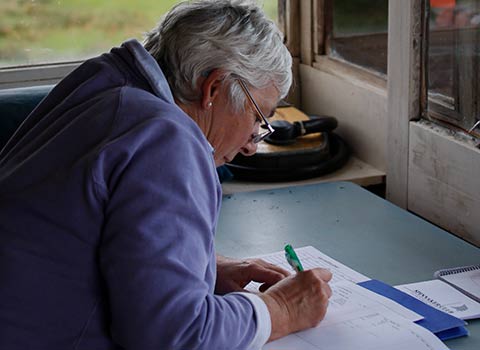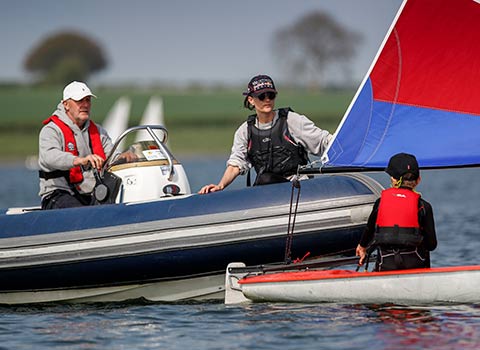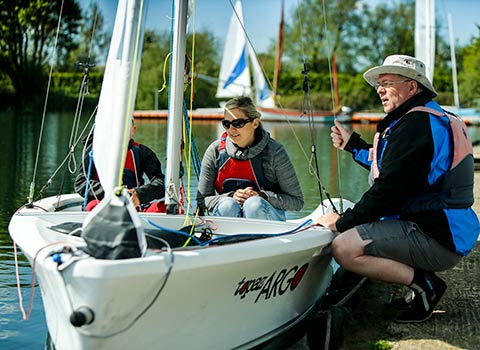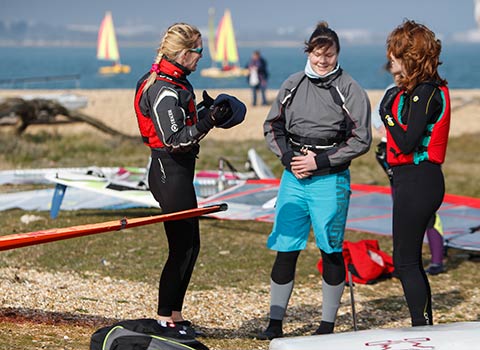Managing safety on the water
Advice about developing and maintaining safety management systems for on the water activity
If people are to lead active lives through a regular habit of sailing, they need to
- Feel welcome and have fun
- Feel safe and able to ask questions or raise concerns
- Be able to take part because their needs are being met
We can’t look at each step in isolation, they are dependent on each other
These resources can help affiliated organisations reflect on how you can develop and maintain safety management systems so that activity on the water can be safe, fun and open.
The action plan can be used alongside the resources and is there for you to capture the things you do well, opportunities for improvement and how you are going to continuously improve your approach to safety.
The resources do not prescribe what you must do, but provide a framework for you to think about safety systems and suggest what could be considered.
Questions to ask
Has your organisation defined a system to manage safety on the water?
Has the system been explained to everyone involved and do they realise the part they play in ensuring safe activity on the water?
A systematic approach
Safety systems will have at their heart:
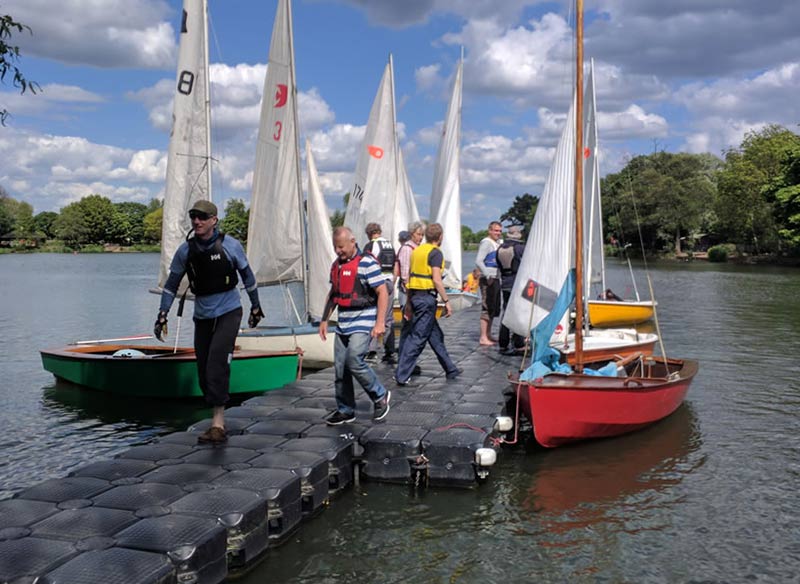
Attitudes and behaviours
Safety culture is critical to ensuring safe activity on the water. It is difficult and time consuming to get right, but you know it when you see it.
Structure and management
A framework gives a system structure and allows you to manage safety within that framework:
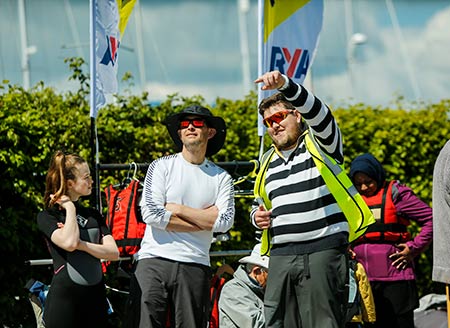
Scope and responsibilities
The scope of a safety management system is defined by the type of organisation you are and the duty of care that results.
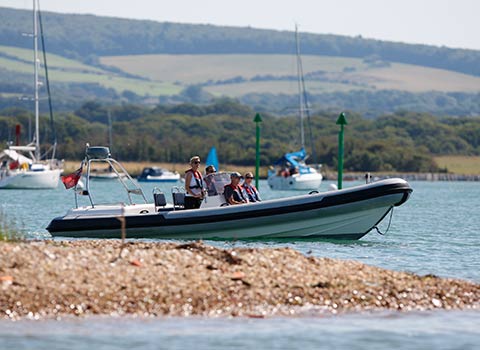
Hazards and risks
To manage risk you need to carry out risk assessments – identifying the hazards, assessing the risk to the people involved and identifying ways to control the risk as far as is reasonably practicable.
Culture and promotion
It is people that will determine what actually happens on a day to day basis, the priority safety is given and the extent procedures are followed. A safety system means:
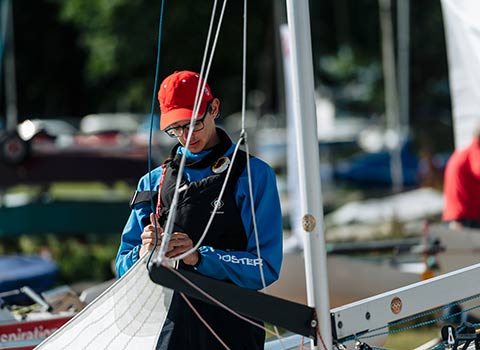
Competent people are given responsibility
Delivery of activity by experienced, competent, suitable people.
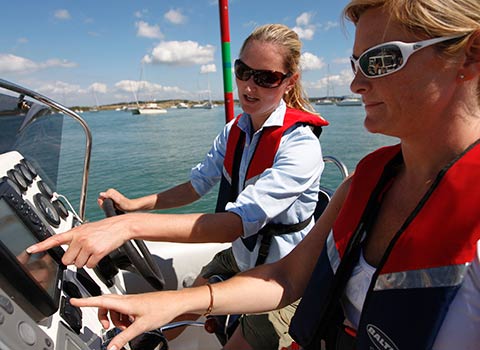
People know what to do and
how to do it
Procedures, guides, manuals, observing others, induction, briefings, training opportunities and practice.
Assurance
People want assurance that getting involved in your organisation is safe, to see things done safely and to realise that learning leads to changes and improvements:
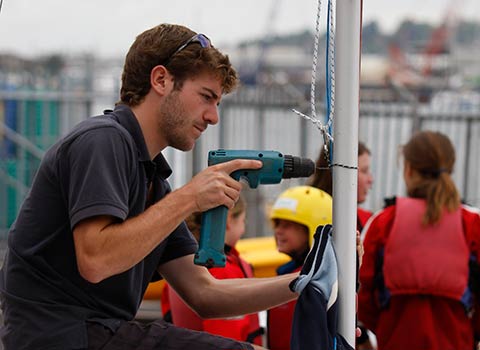
Using the right equipment
Sailing is, in part, an equipment-based activity. Equipment increases independence and control but does need to be used properly.

